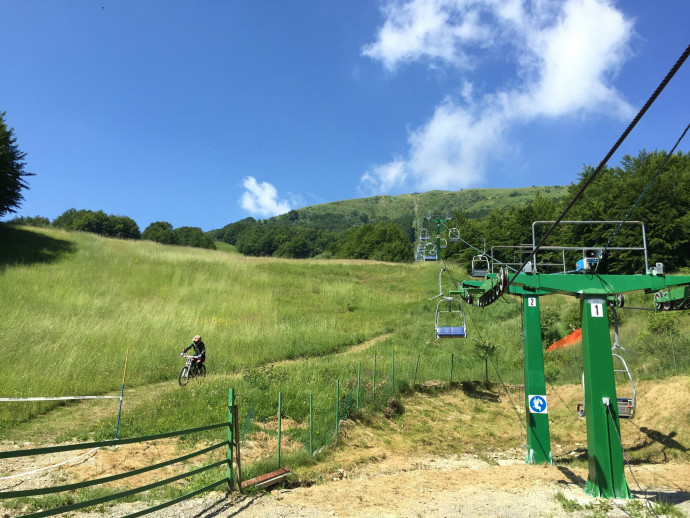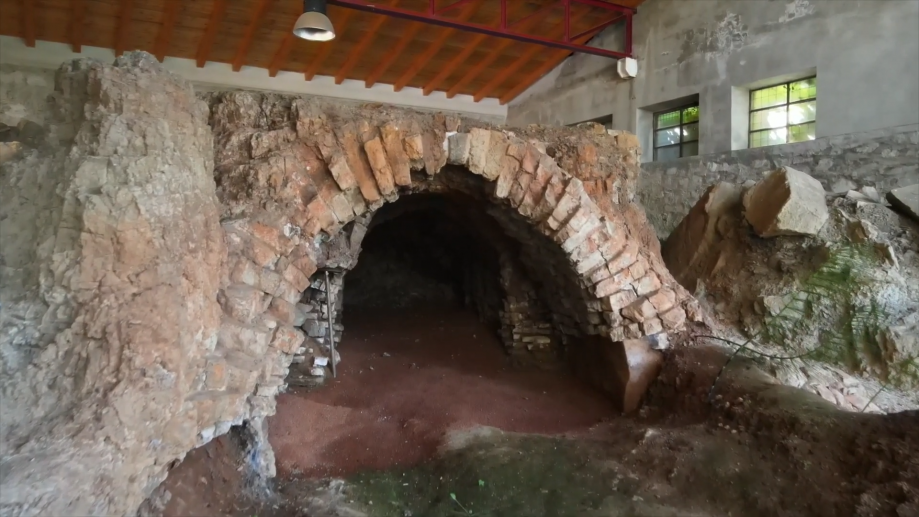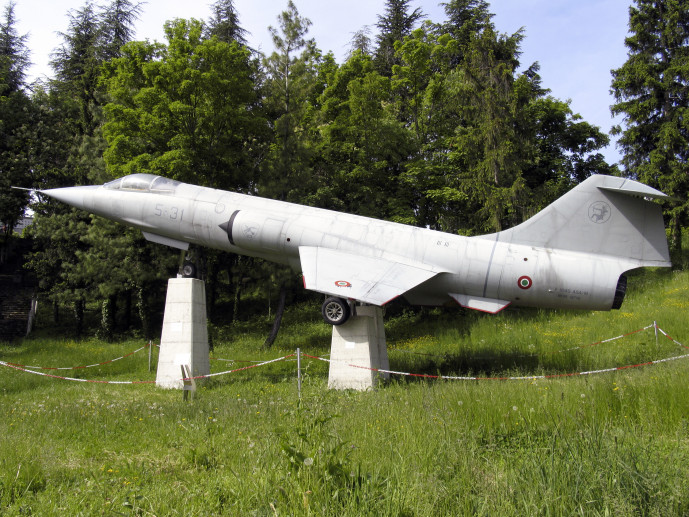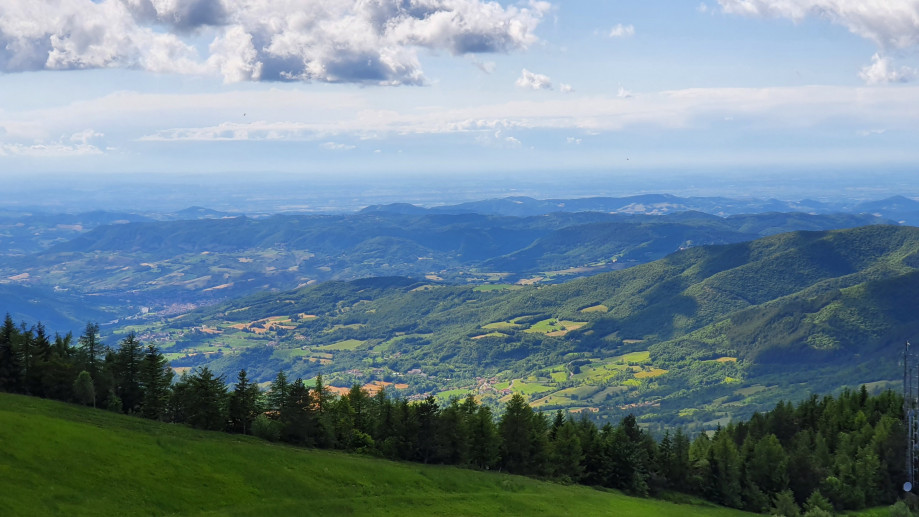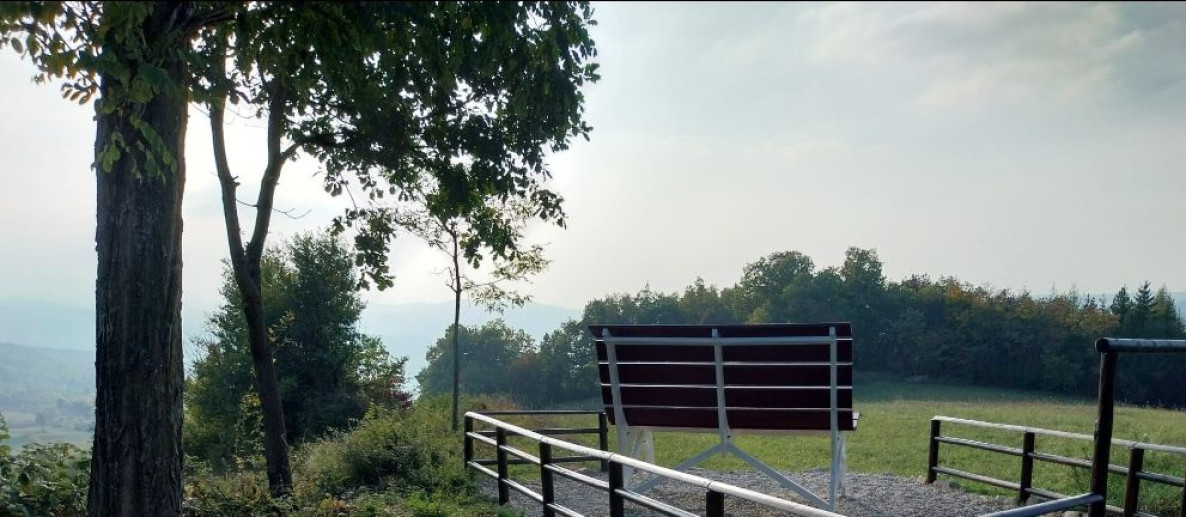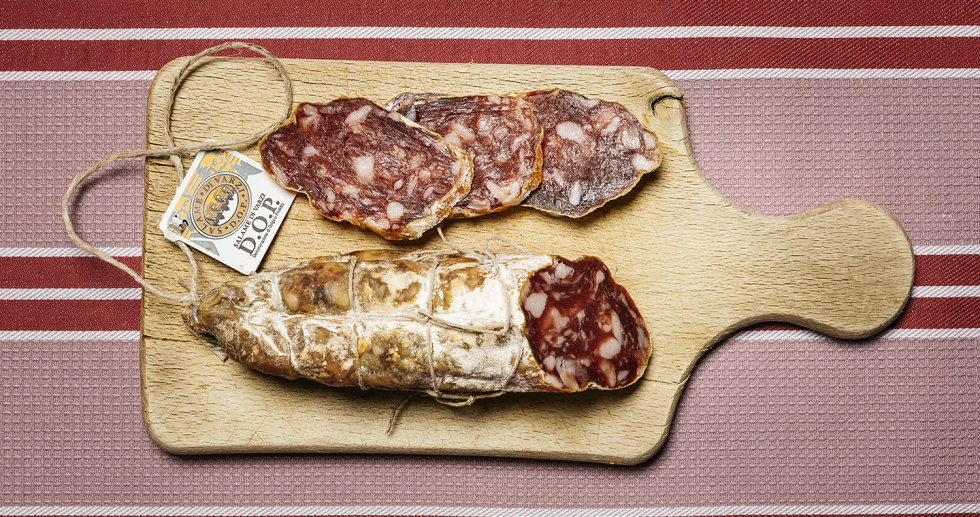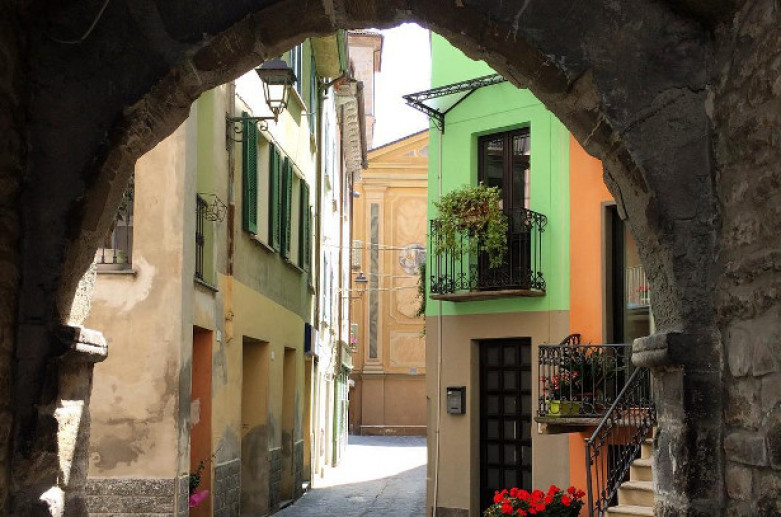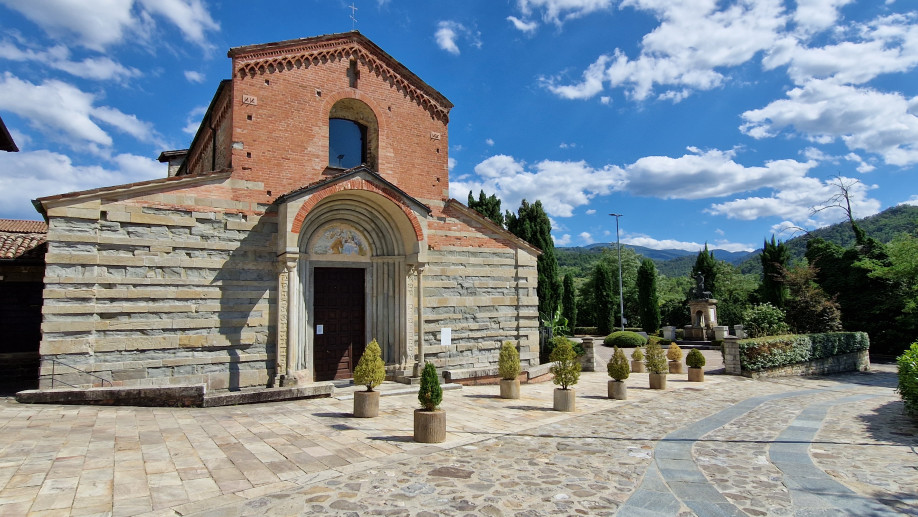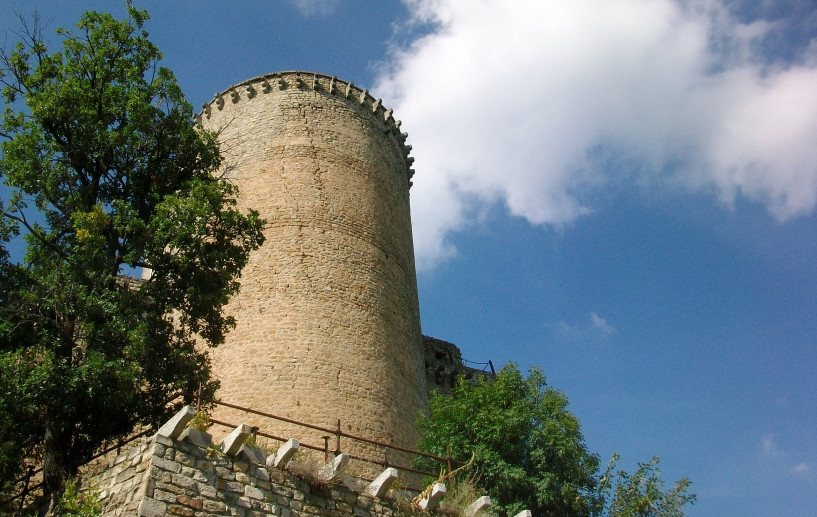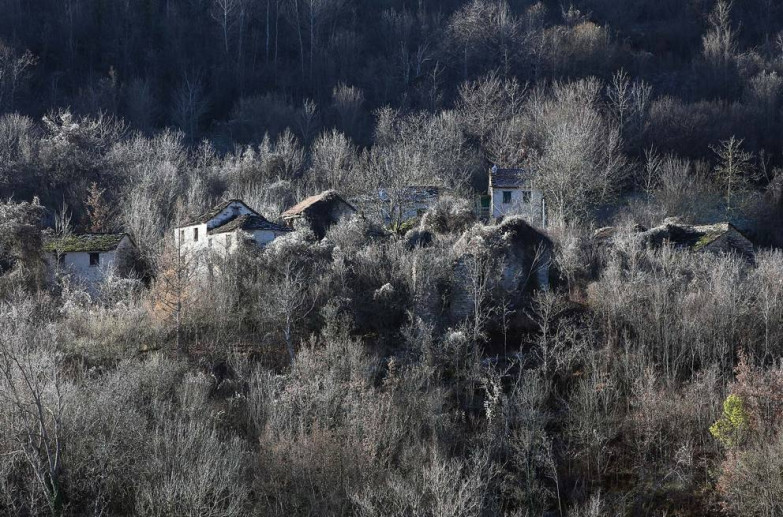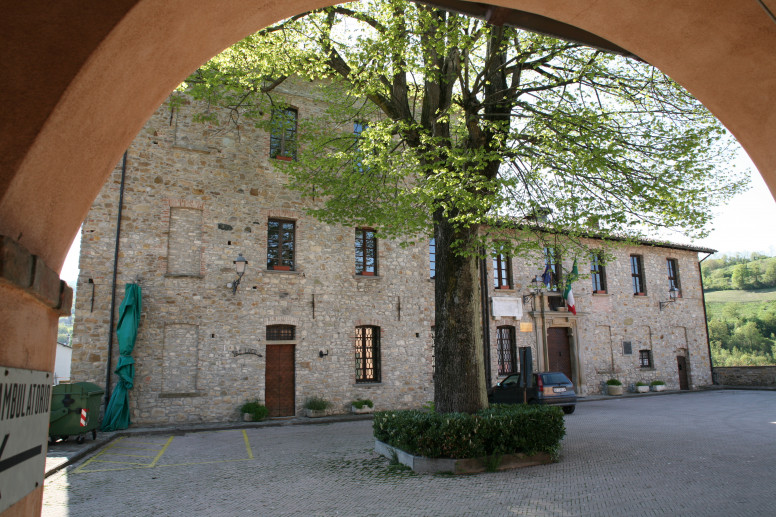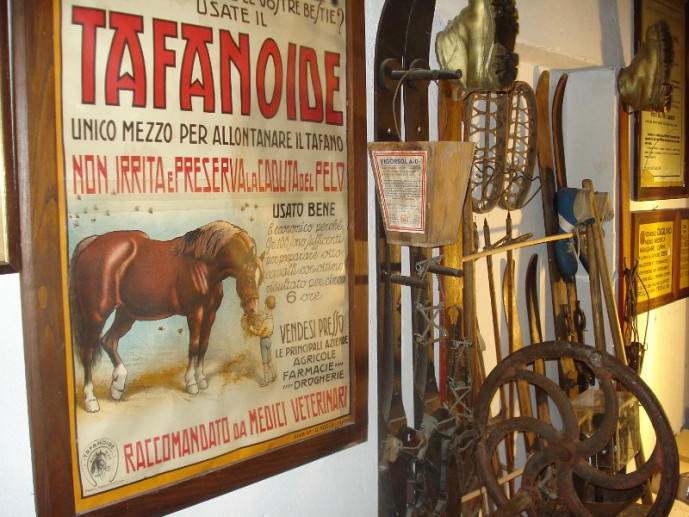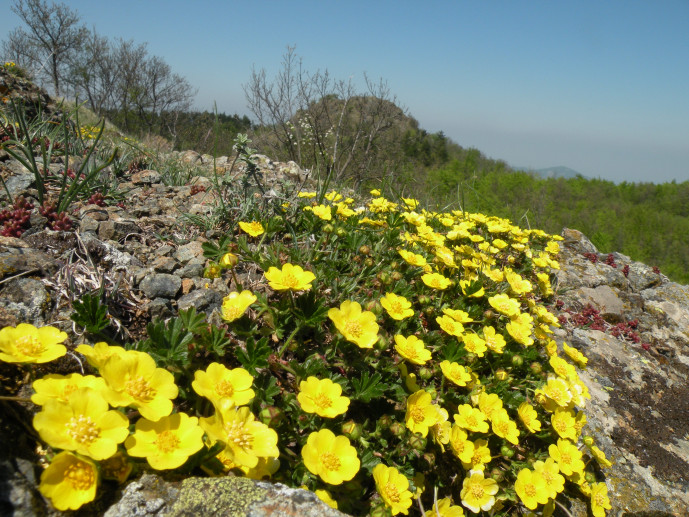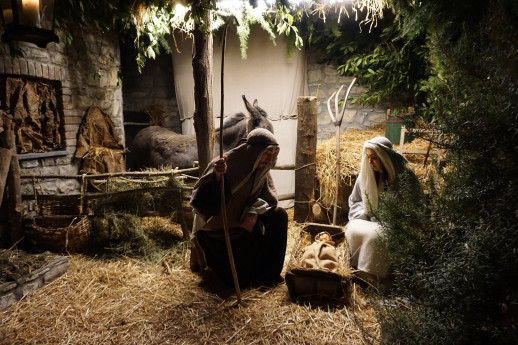- Villages
- Active & Green
Santa Margherita Di Staffora
Nestled in the heart of the Upper Staffora Valley, Santa Margherita di Staffora is a charming village in the Oltrepò Pavese that preserves the authentic character of the Lombard Apennines. Located just a few kilometers from Varzi, the village lies along the course of the Staffora stream, surrounded by forests, meadows, and sweeping landscapes that invite visitors to explore and unwind.
The municipal territory stretches to the point where four provinces meet — Pavia, Alessandria, Genoa, and Piacenza — making it a natural crossroads between Lombardy, Piedmont, Emilia, and Liguria. Its strategic location favored the passage of ancient trade and communication routes, such as the Via del Sale (Salt Route), which connected the Po Valley to the Ligurian ports through the Apennine passes.
Among the most renowned localities in the area is Pian del Poggio, a well-known tourist and ski resort located at over 1,300 meters above sea level. In winter it’s the perfect destination for skiing and snow sports, while in summer it offers panoramic trails ideal for hiking, mountain biking, and trekking in pristine natural surroundings.
Why Visit
Mountain landscapes and nature:
Santa Margherita di Staffora overlooks the Staffora Valley, surrounded by mountains that invite leisurely walks, scenic hikes, and relaxing breaks.
History and culture:
The area was a fief of the Malaspina family in the Middle Ages, as documented in a charter dating back to 1164.
Authentic flavors:
The village lies within the production area of the Salame di Varzi DOP, one of the culinary treasures of the Upper Staffora Valley.
Lively traditions:
The hamlet of Cegni hosts the Cegni Carnival, a popular folk festival held twice a year that brings together locals and visitors in a celebration of community and culture.
What to See and Do
The village and its hamlets
A stroll through Santa Margherita di Staffora reveals traditional houses, views over the valley slopes, and numerous mountain hamlets — such as Negruzzo and Pian del Poggio — that tell the story of high-altitude life.
Food and Wine: Salame di Varzi DOP
No visit would be complete without tasting the Salame di Varzi DOP, a symbolic product of the Upper Staffora Valley. Made according to traditional methods using selected meats, simple seasonings, and natural aging, it represents one of the most authentic flavors of the area. Santa Margherita di Staffora is one of the 15 municipalities officially recognized in the DOP production zone.
Tradition and Folklore: The Cegni Carnival
The hamlet of Cegni celebrates its Carnival twice a year — in winter and again on August 16, with the summer version known as the “White Carnival.” The festivities open with a parade, followed by traditional dances typical of the “Four Provinces,” and culminate in the symbolic marriage of the ‘Ugly Man’ and the ‘Poor Woman’. It’s a genuine experience of local heritage and community spirit.
How to Get There
Located in the upper Staffora Valley, Santa Margherita di Staffora can be reached from Voghera or Varzi along the valley road that follows the Staffora stream. Due to its mountain location, traveling by car is the most convenient option.
Travel Tips
-
The best time to visit is in spring, summer, or early autumn, when the weather is mild and trails are most accessible.
-
To enjoy the Salame di Varzi, check with local delis or producers — some offer visits by appointment.
-
If possible, attend the Cegni Carnival to experience a true immersion in local culture.
-
Bring trekking shoes or comfortable footwear, as many hamlets and trails are in hilly or mountainous terrain.
-
Combine your visit with a tour of the Oltrepò Pavese, exploring its mountain villages, natural beauty, flavors, and traditions.
In Conclusion
Santa Margherita di Staffora is an ideal destination for travelers seeking a slow and authentic tourism experience in the Oltrepò Pavese. Untouched nature, ancient traditions, and genuine flavors come together to create a truly memorable journey through the heart of the Lombard Apennines.
